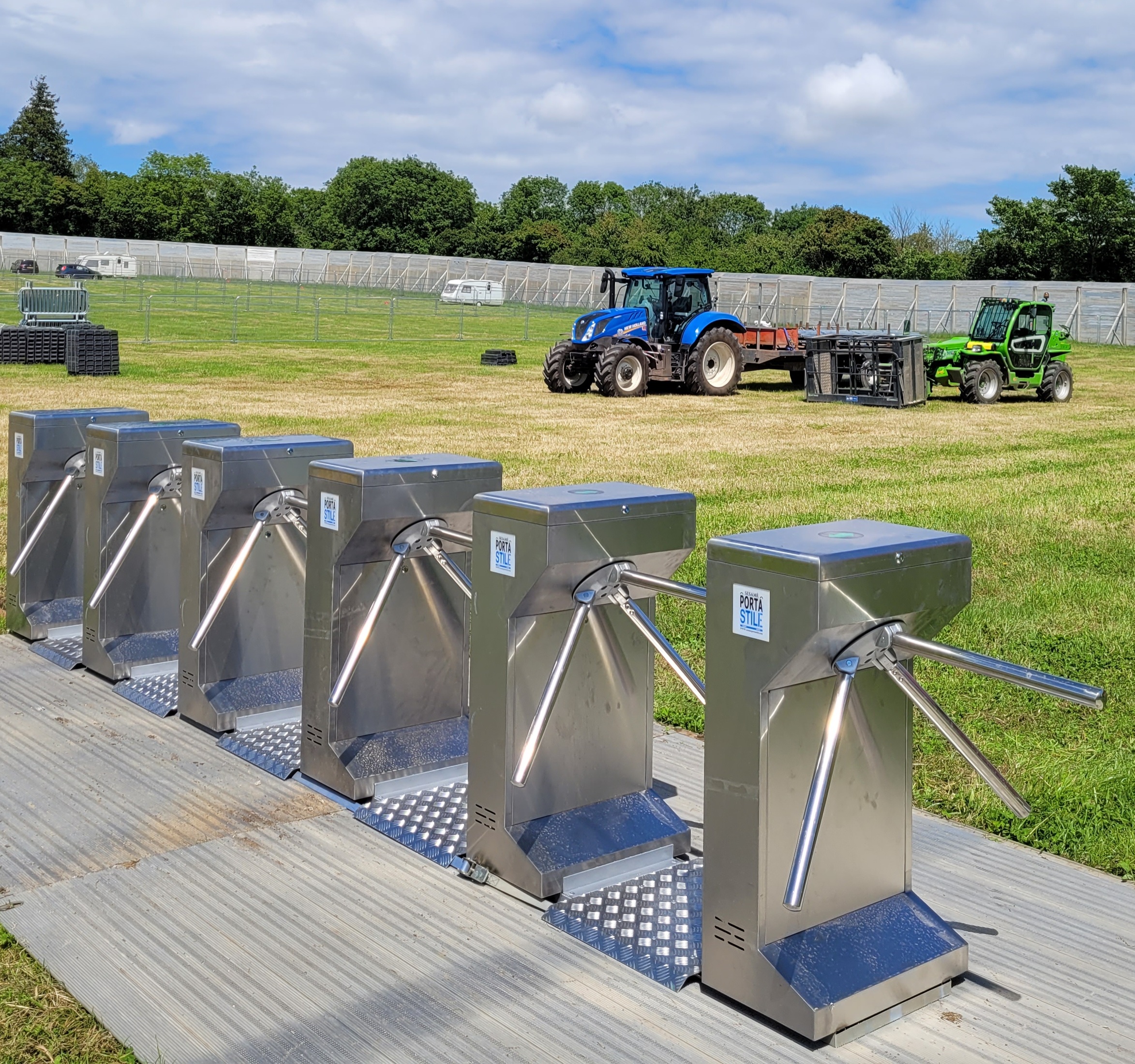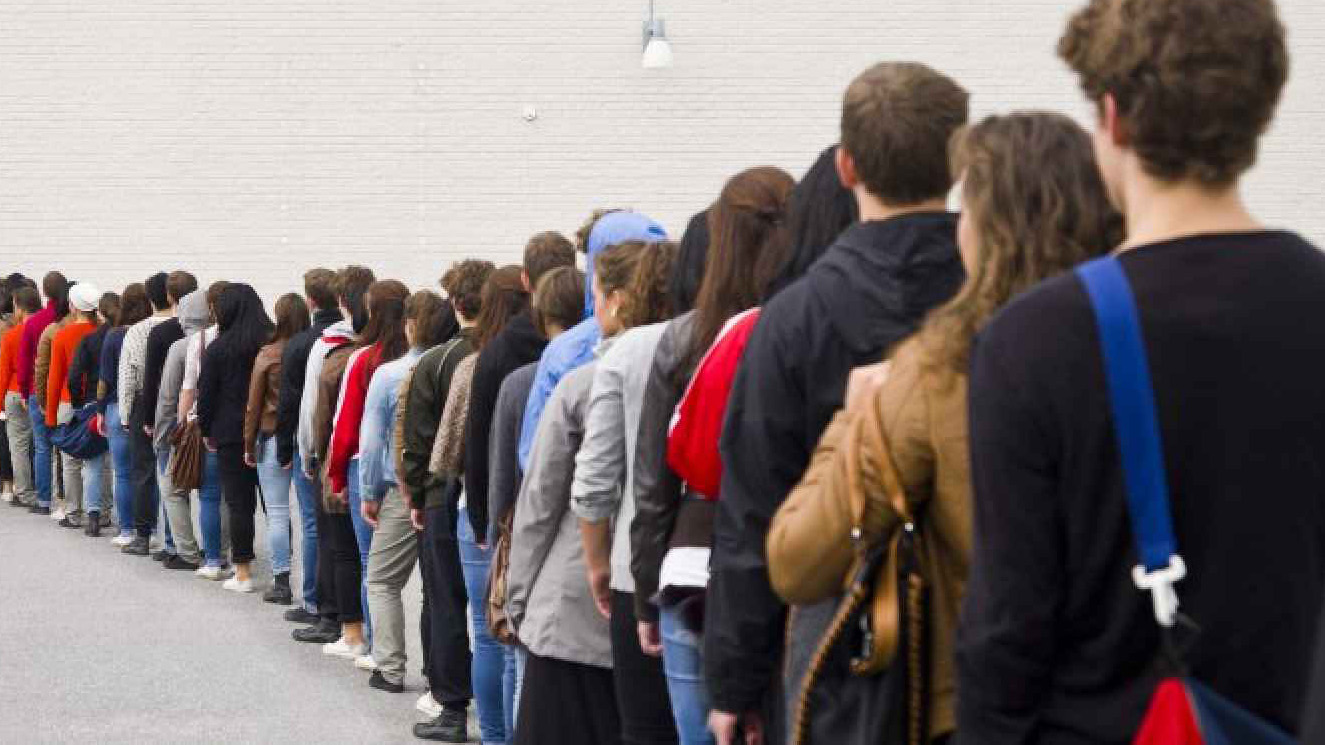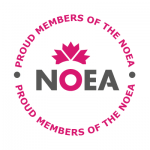OUR STORY
Following a national security exhibition at Wembley in 1990, where we displayed a full height turnstile we received an unusual enquiry for a number of full height portable turnstiles. It was unusual in the sense that normally turnstiles form a part of a fixed infrastructure project i.e. football stadia, industrial complexes etc. where portability would rarely be necessary.
We responded to the enquiry, subsequent to an exploratory site visit and meeting at the world famous Glastonbury Festival of Performing Arts by designing turnstiles to meet their specific, unique requirements. We based our design submissions on turnstiles we had previously installed in UK naval dockyards. These turnstiles needed to provide secure entrances but to be capable of being moved around various quayside locations, which were determined by the size of the vessels being serviced.
In tandem with our telemetry project we also developed a compatible software system which enabled us to display, print and record all festival goer movements be they first time entrants, pass outs or returnees. An essential feature of this newly commissioned package was the ability to retrieve all data generated to determine flow rates and individual gate movements it would also enable post event analysis and planning for future events to be undertaken.
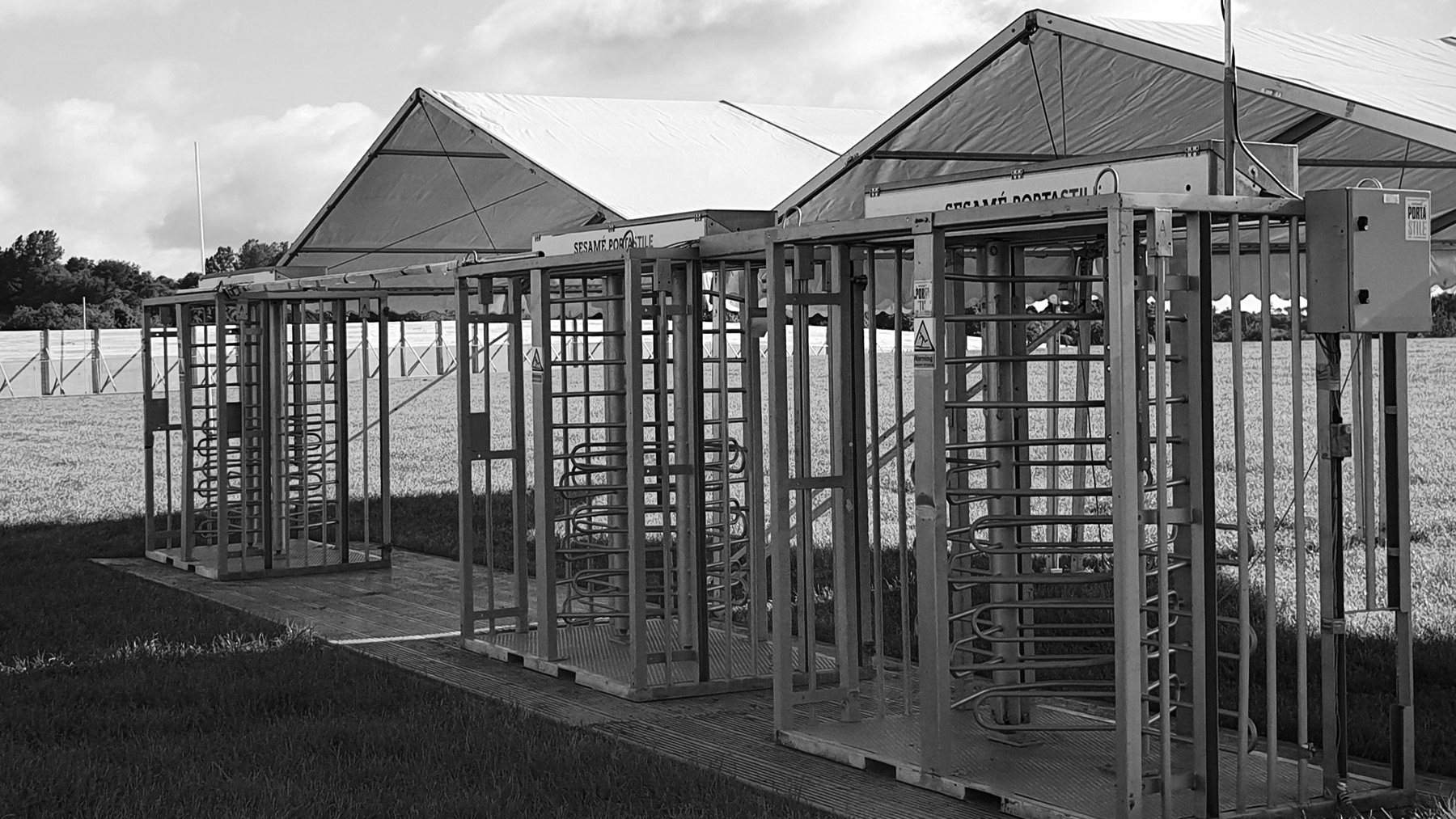
Photograph of some of the original equipment in situ
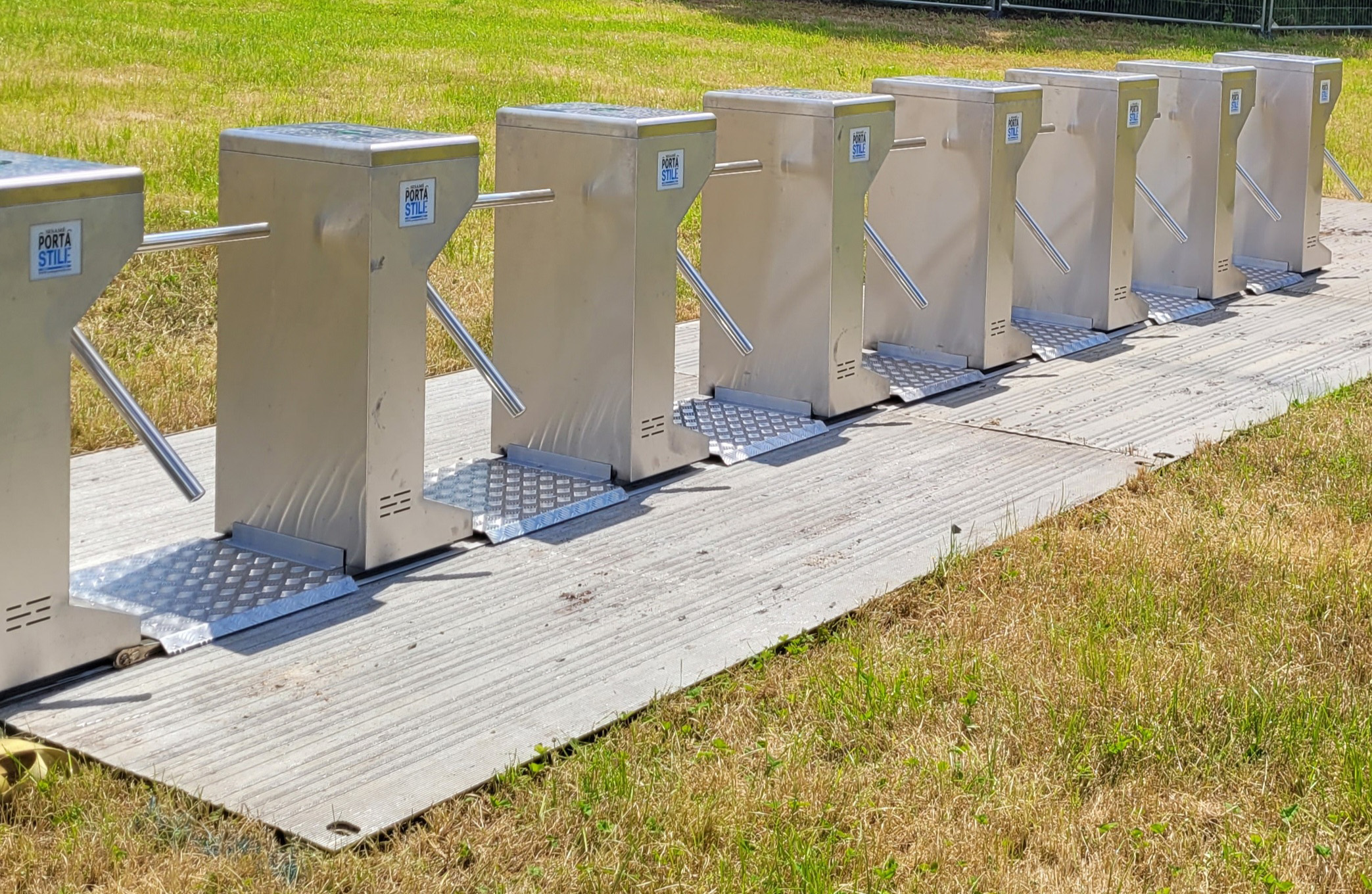
Some of the current, modernised tripod turnstiles in situ
Initially the equipment generated a mechanical count with the numbers displayed on the equipment itself and retrieved and recorded by Sesame Portastile operatives. However, it soon became apparent that as the site filled up the manual retrieval of the numbers meant that collection, collation and reporting of the data was not current at the time of presentation.
To address and improve our service to the Glastonbury management we engaged the services of an experienced specialist telemetry company who in conjunction with ourselves developed a tailor-made radio transmission system for each individual turnstile and pod. All of which reported in real time to our site control centre. An initial serious obstacle to overcome was the lack of power around the site perimeter so to that end we designed a stand-alone battery-operated system independent of any external power source.
In tandem with our telemetry project we also developed a compatible software system which enabled us to display, print and record all festival goer movements be they first time entrants, pass outs or returnees. An essential feature of this newly commissioned package was the ability to retrieve all data generated to determine flow rates and individual gate movements it would also enable post event analysis and planning for future events to be undertaken.
As the Glastonbury festival has gone from strength to strength in the 30 years of our involvement so the entry system has grown with it. It would now typically record over 500,000 personnel movements through the perimeter gates, which have now evolved into state-of-the-art, modern, stainless steel tripod turnstiles. The increase in the festival attendance over 30 years has meant that the telemetry system, and its associated software have also been expanded and refined to provide modern data capture and can be customised for all large or small events.
Happily, our continuous involvement since 1991 with the Glastonbury Festival of Performing Arts continues to the present day and we are immensely proud to have played a small part in its success.

